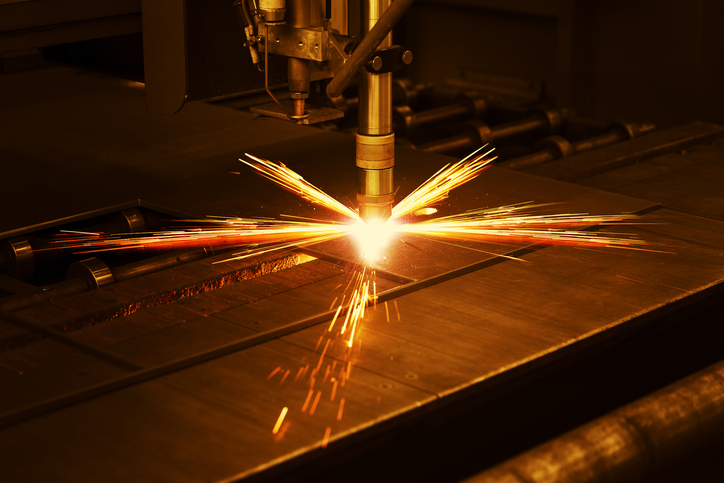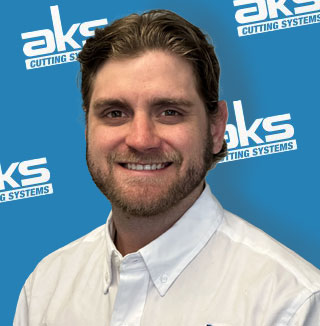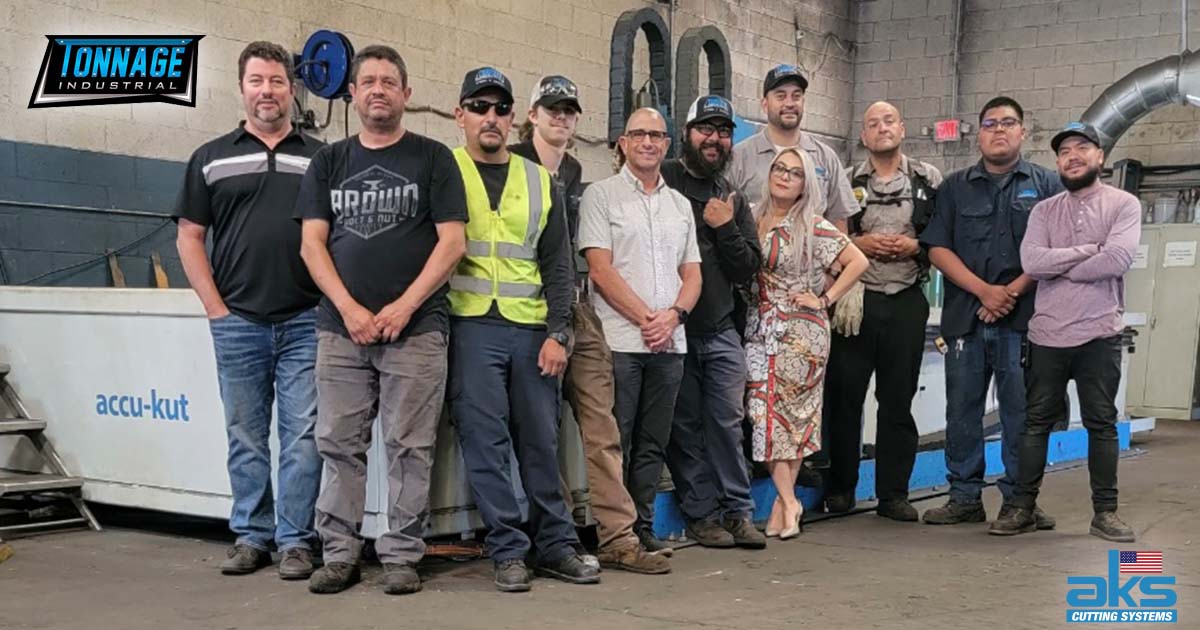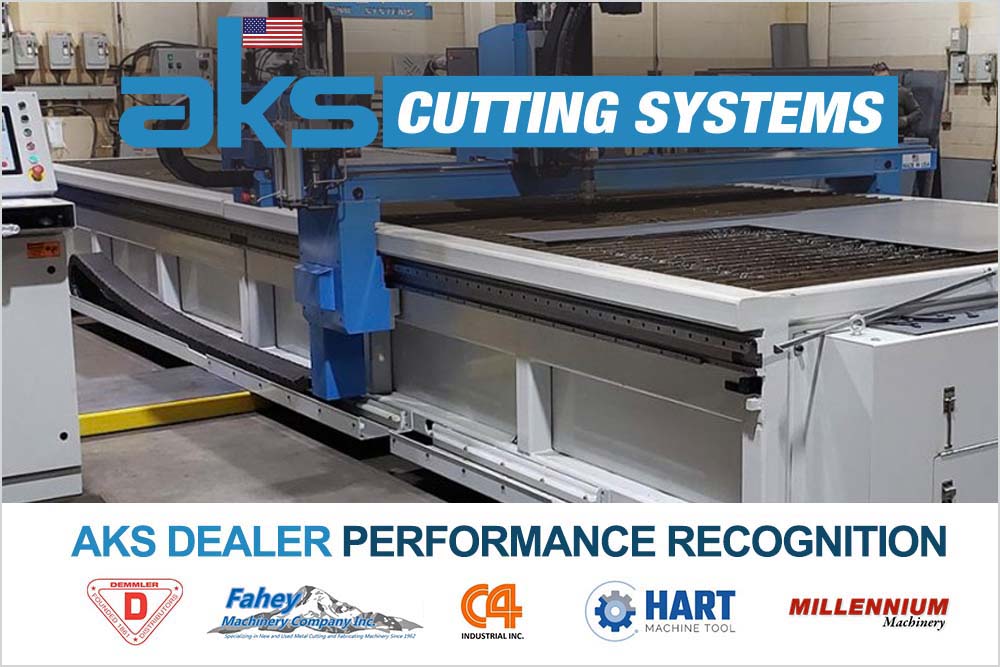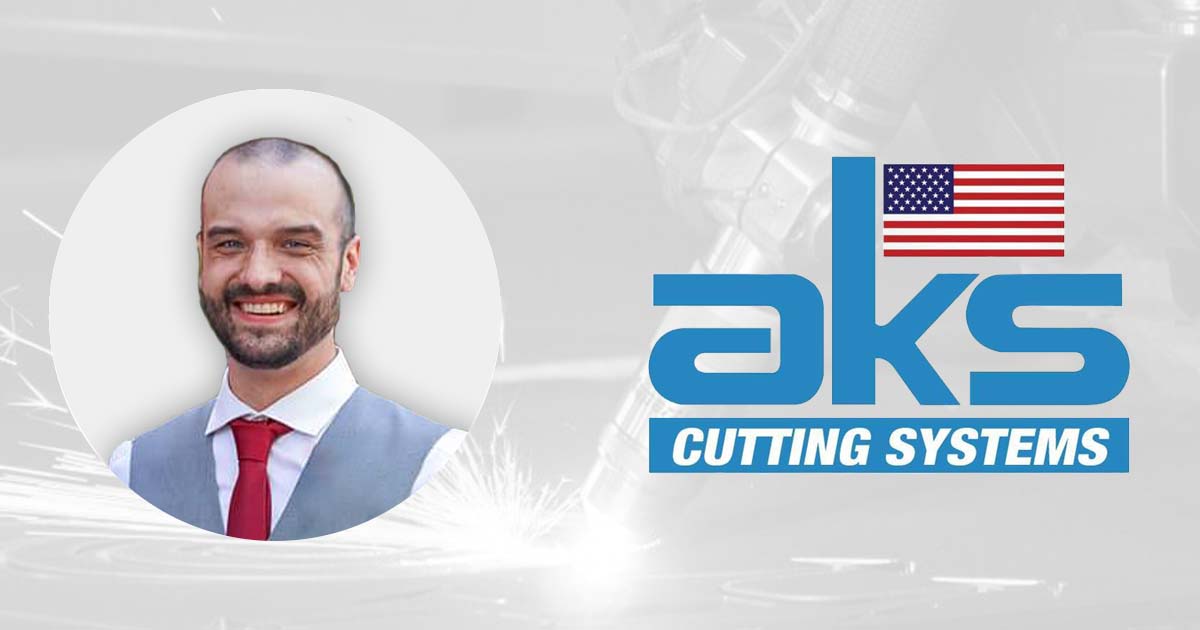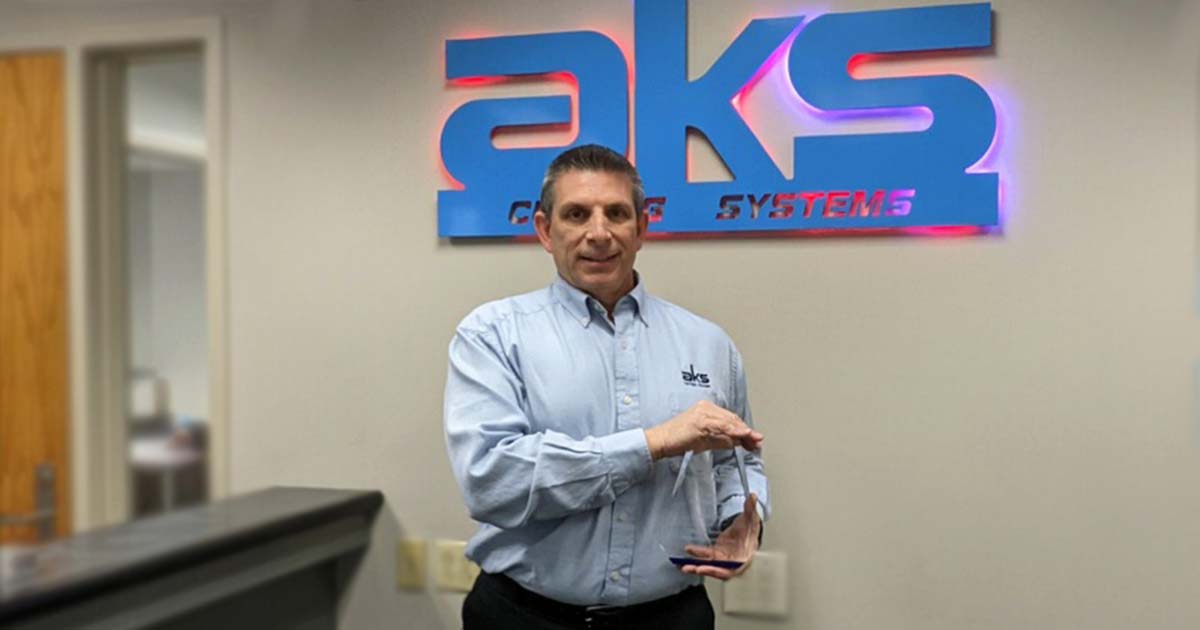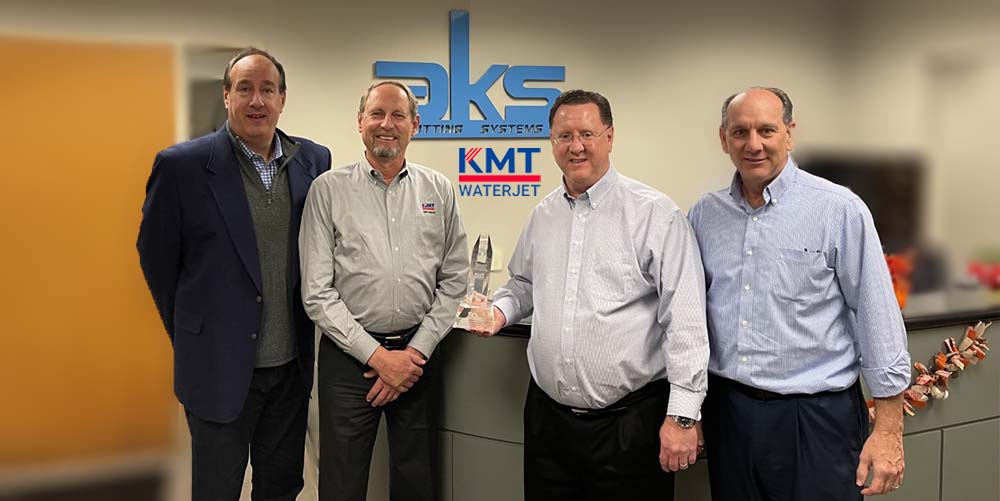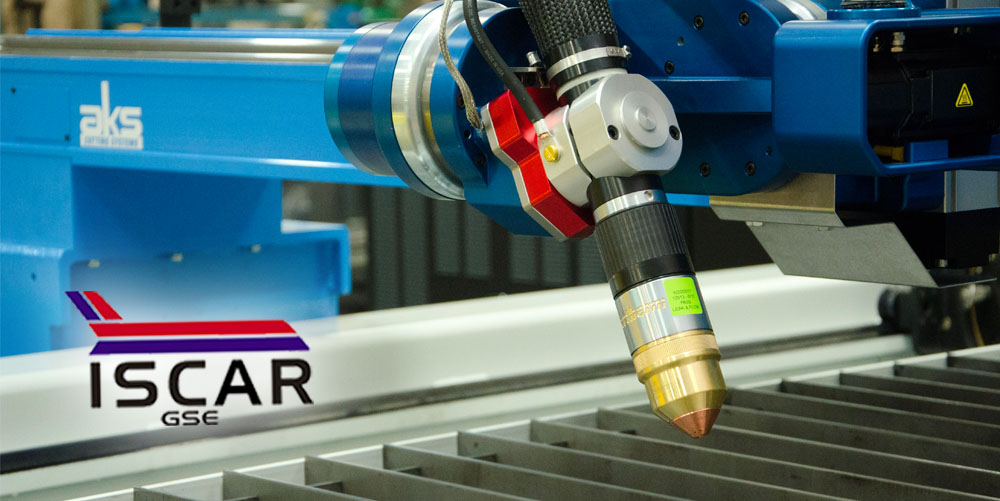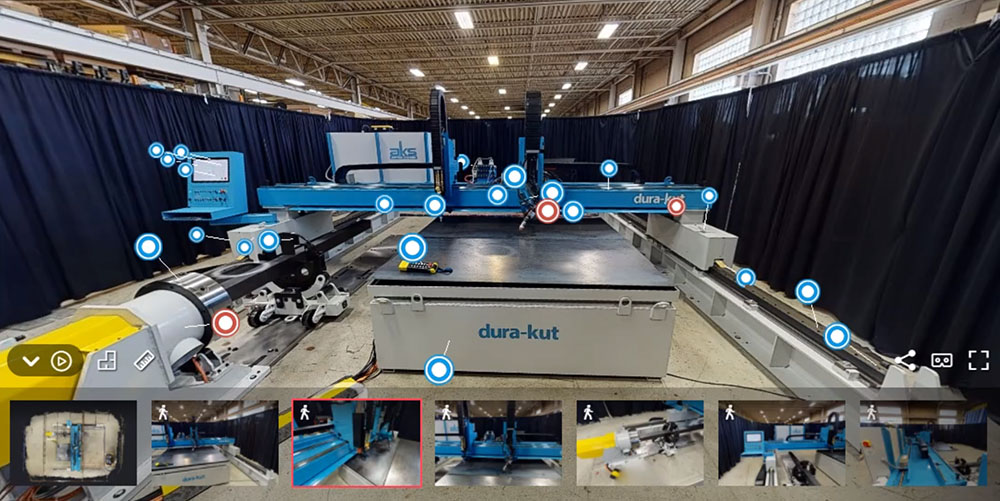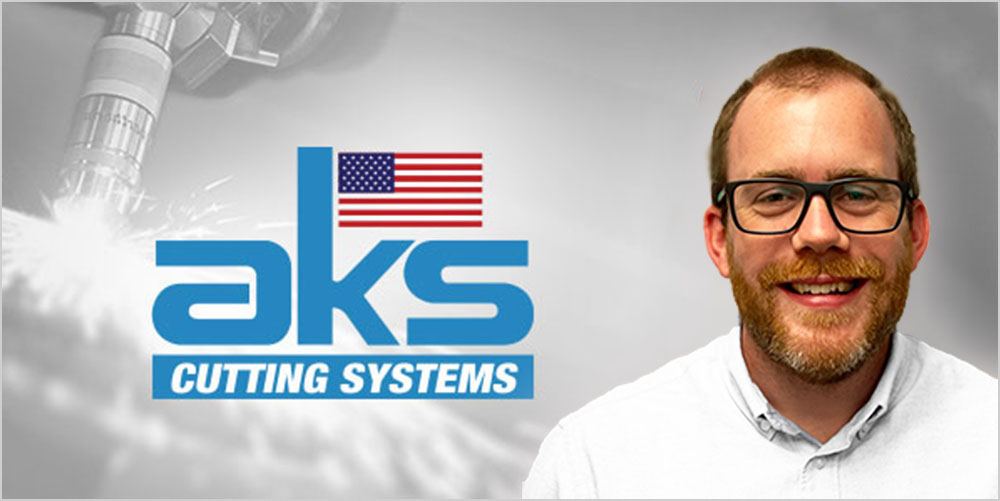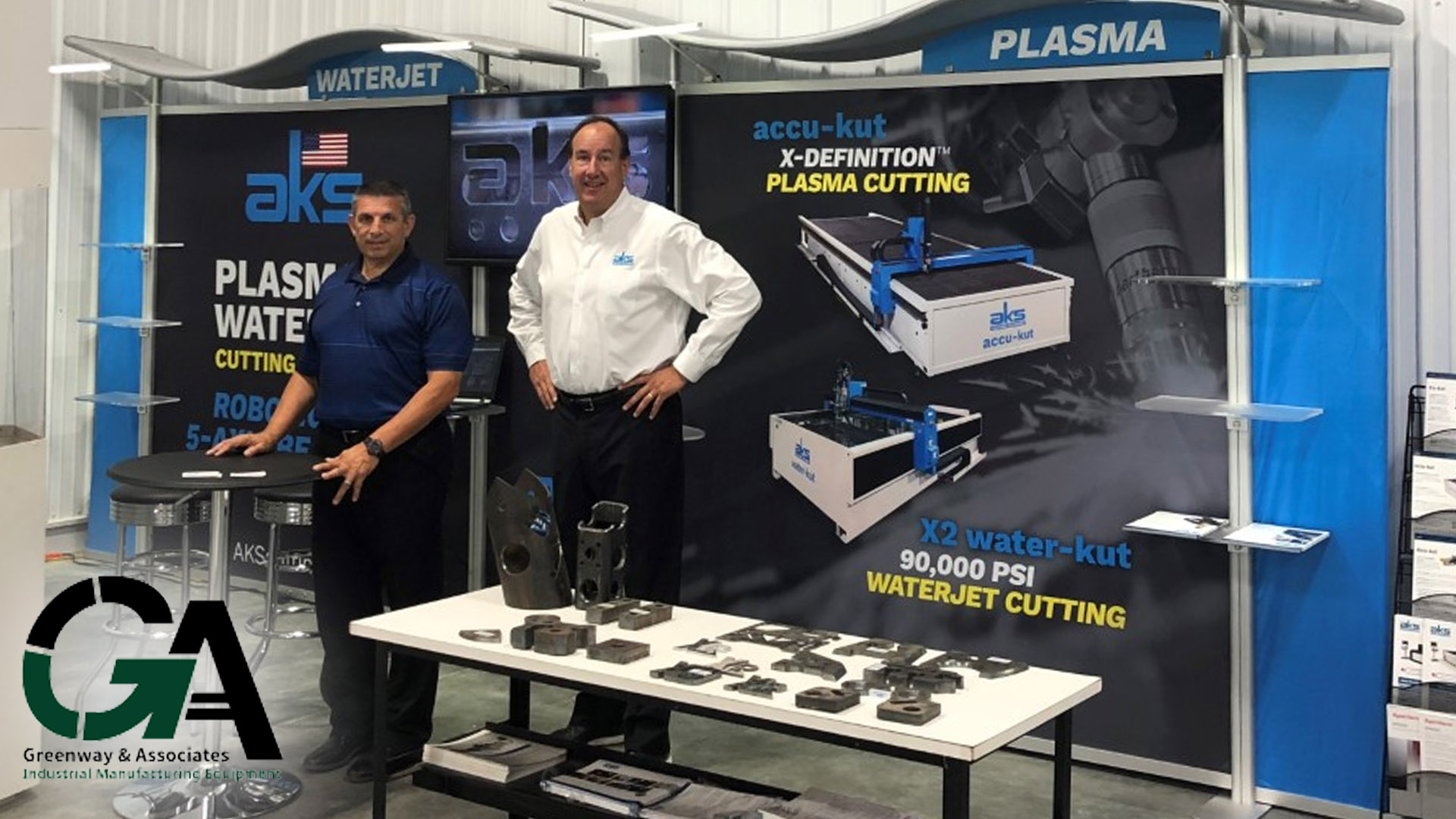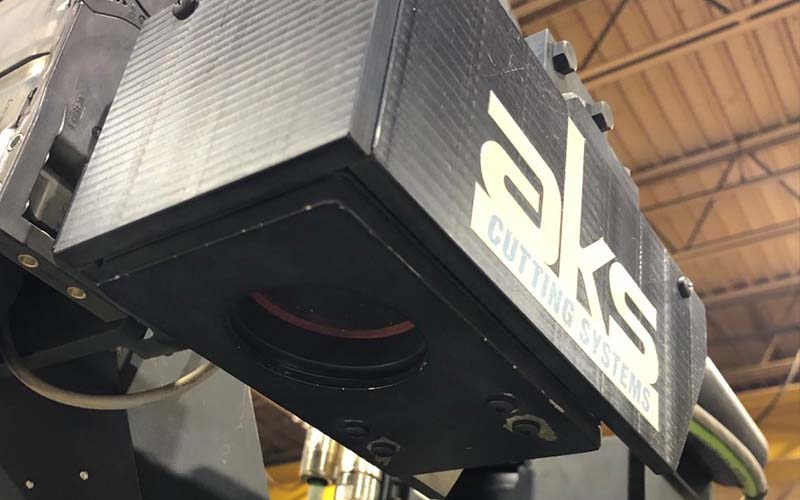August 3, 2023 — Cleveland, Ohio — AKS Cutting Systems, a leading provider of CNC plasma and waterjet cutting machinery, is thrilled to announce the addition of three talented professionals to its sales team. Matt Woodhouse, Mike Marvin, and Brandon …
Read More
Stay Up-to-Date with the Latest Manufacturing News
We regularly post updates on the latest manufacturing news. When you want current information on waterjet, oxy-fuel, and plasma cutting, turn to AKS Cutting Systems.
Welcome Brandon Woodward
We are thrilled to welcome Brandon Woodward as our new Regional Sales Manager for Texas! With over 10 years of experience in the oil and gas industry and a strong work ethic, Brandon is an excellent addition to our team. …
Read More
Tonnage Industrial Jump Starts Business with AKS Cutting Systems
When co-founding Tonnage Industrial nearly four years ago, brothers Greg and Todd Phillips made a decision that quickly paid off: purchasing a plasma cutting machine by AKS Cutting Systems. The pair actually bought a used AKS accu-kut plasma cutting table …
Read More
Congratulations to the 2021 AKS Dealer Award Winners
Each year, AKS is proud to recognize our top dealers with four annual awards: Dealer of the Year, Most Improved Dealer, and two Outstanding Performance awards. In 2021, we awarded three Outstanding Performance awards, as there was a tie. This …
Read More
Dan Diamond Promoted to Regional Sales Manager
We are pleased to announce that Dan Diamond has been promoted from Service Technician to Regional Sales Manager at AKS Cutting Systems. The 15-year industry veteran and eight-year AKS team member has a proven track record of reliability, drive, commitment …
Read More
DeBiasi Sweeps 2021 AKS Sales Awards
Walt DeBiasi, AKS Cutting Systems Regional Sales Manager has won all three of the company’s sales awards for 2021. Each year, AKS is proud to recognize its top Regional Sales Managers with three annual awards: Highest Revenue, Highest Percent Over …
Read More
AKS Recognized as Premier Partner by KMT Waterjet Systems
In celebration of its 50th anniversary in 2021, KMT Waterjet Systems honored AKS Cutting Systems with an award thanking the manufacturer of plasma cutting systems and waterjet cutters for its premier partnership. KMT, the oldest manufacturer of waterjet pumps in …
Read More
Iscar GSE Increases Precision, Efficiency With AKS Plasma Cutting System
When Iscar GSE, a Miami-based company that builds state-of-the-art ground service equipment for the aviation industry, wanted to increase the precision of its operations, the solution was a plasma cutting machine from AKS Cutting Systems.
Read More
AKS dura-kut Interactive Experience
This interactive experience highlights available options and features of the AKS dura-kut Plasma Cutting System: Designed for longer, larger, and thicker plate cutting Independent table frame and gantry-style bridge Modular and expandable lengths Down-draft or water table Multiple plasma cutting …
Read More
AKS Cutting Systems Welcomes Lane Stabile, Midwest Regional Sales Manager
AKS is excited to announce the addition of Lane Stabile to our sales team. Lane joins as the Midwest Regional Sales Manager responsible for AKS system sales in the states of Indiana, Illinois, and Michigan. He will work closely with …
Read More
AKS Attends Greenway and Associates Open House
The AKS team had the honor of attending the 2021 Greenway and Associates Open House in Orange City, Iowa this week.
Read More
New IP67 Digital Cameras Increase Accuracy and Efficiency
Now Available on all AKS Cutting Systems Machines An optional digital camera can be used as an alignment tool and to monitor the cutting process, ensuring accuracy and maximizing efficiency. Machine users are able to get an up-close view of …
Read More
